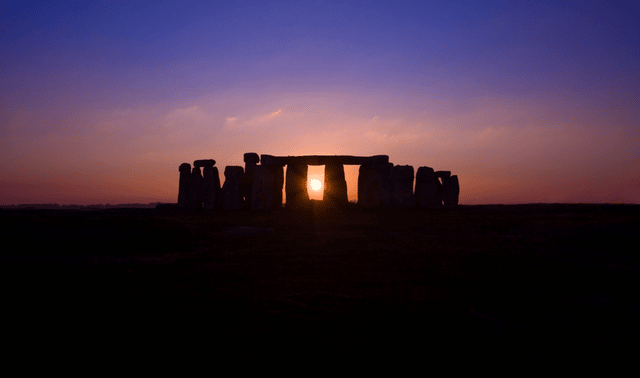Sign up for the Family Tree Newsletter! Plus, you’ll receive our 10 Essential Genealogy Research Forms PDF as a special thank you.
Get Your Free Genealogy Forms
"*" indicates required fields
It’s no coincidence that there are so many holidays around the time of the winter solstice. The solstice marks the shortest day of the year in Northern Hemisphere, or the day with the fewest hours of sunlight. After the solstice the days begin to lengthen, signaling the return of light to the world.
Since ancient times, people have celebrated this astronomical event with a variety of different cultural and religious traditions. Some of these traditions survive even to the present day.
Let’s spend some time learning about how our ancestors honored the first day of winter.
Saturnalia
The Roman feast of Saturnalia, which honored the agricultural god Saturn, was a weeklong feast held in December, which included the observance of the winter solstice. Saturnalia was celebrated by feasting, giving gifts, games and general merrymaking.
Another important aspect of the Saturnalia festival was role-reversal. A mock king was selected to preside over the festivities, often from a group of slaves or criminals. Masters would dress as slaves and serve them, and those enslaved were permitted act to act as they wished without fear of punishment. Saturnalia began as a single day, and during the reign of Caligula it increased to a week—giving rise to the modern use of the term saturnalia, meaning “an unrestrained often licentious celebration.”
There are many elements of the Saturnalia festival, such as gift-giving and decorating homes with greenery and lights, that were a direct influence on our modern Christmas celebrations. It’s believed that December 25 was chosen to coincide with pagan festivals, including Saturnalia.
The Feast of Juul (Yule)
Christmas is also referred to as Yule, a word derived from the Norse jól or Juul, referring to the pre-Christian festival observed in Scandinavia at the time of the winter solstice. Yule celebrations included feasting and caroling, as well as ceremonial burning of logs to welcome the sun back to the world.
Dongzhi Festival
Dongzhi, or the “arrival of winter,” is an important festival in China. During this time, families get together and celebrate the year they have had. Based on the traditional Chinese celestial calendar, the holiday generally falls between December 21 and 23. It is thought to have started as an end-of-harvest festival, as workers returned from the fields and enjoyed the fruits of their labors with family. Special foods, such as tang yuan (glutinous rice balls), are enjoyed.
While the festival is no longer as significant as it was 2,000 years ago, Dongzhi is a great example of ancient Chinese traditions that are still acknowledged today.
Soyal Ceremonies
Soyal is the winter solstice celebration of the Hopi Indians of northern Arizona.
Ceremonies and rituals of Soyal include purification, dancing and occasionally gift-giving. At the time of the solstice, Hopi welcome protective spirits from the mountains, known as kachinas. During this time, prayer sticks are often crafted and used for blessings and various rituals.
And Many More…
Ancient structures including Stonehenge and Newgrange tell us that the movements of the sun and the changing of seasons were of extreme importance to ancient people. When we observe the solstice, or any astronomical event, we can be sure that we are mirroring the actions of our ancestors.









